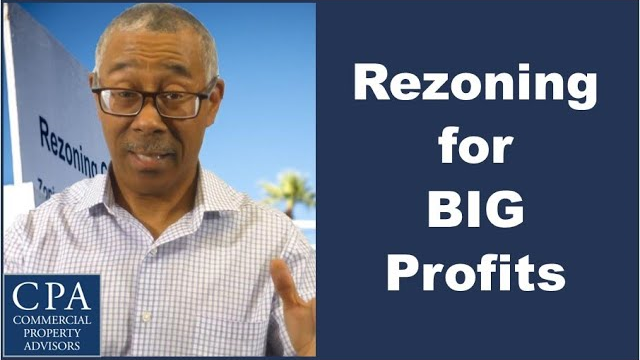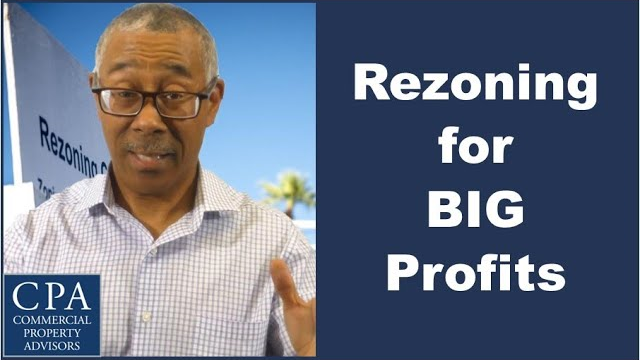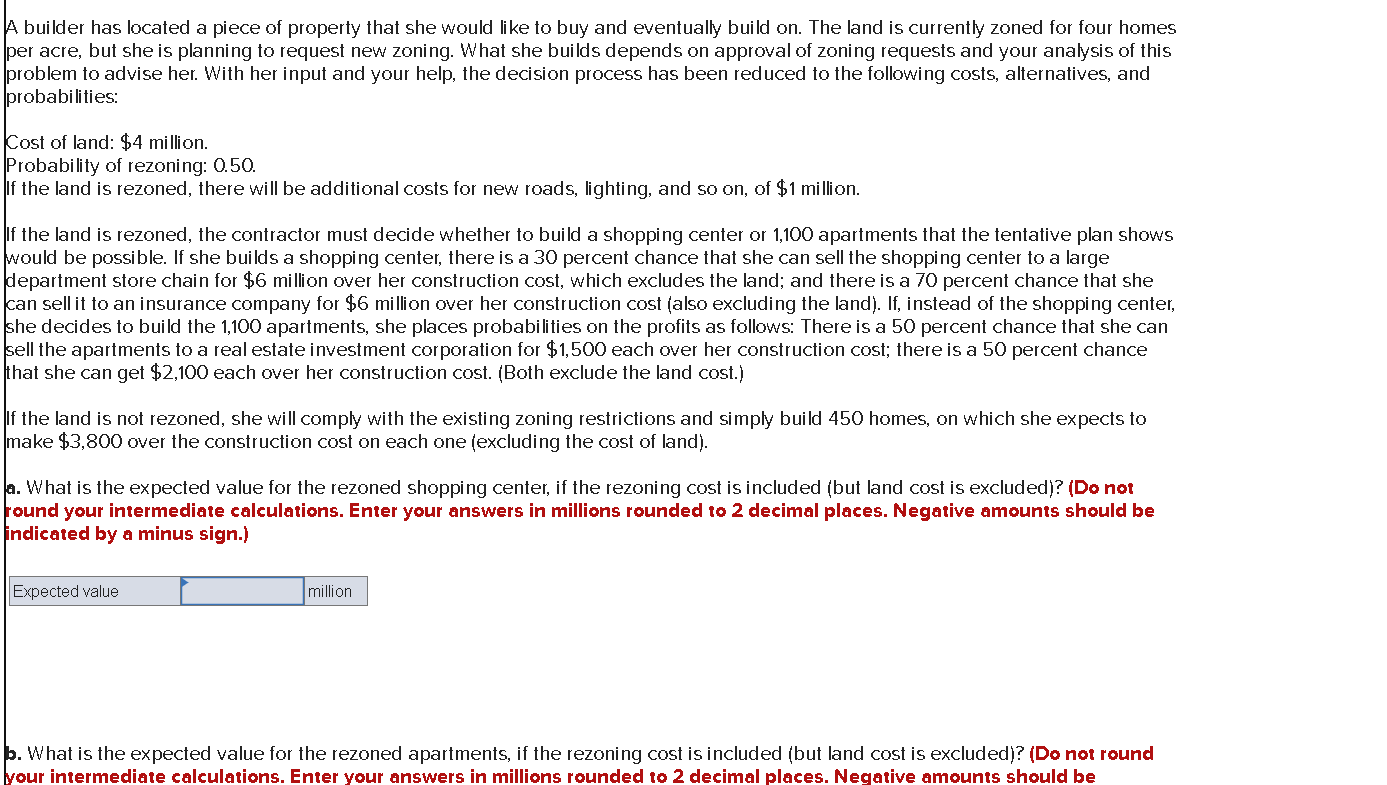Are you curious about the financial implications of property rezoning? Look no further than the comprehensive guide, “Breaking Down the Cost of Property Rezoning.” This informative article aims to answer the burning question on everyone’s mind: how much does it actually cost to rezone a property? We’ll provide you with valuable insights and breakdowns, so you can navigate the financial aspect of this process with confidence. Whether you’re a real estate investor, a homeowner looking to make changes, or simply an inquisitive mind, you won’t want to miss out on this enlightening read.
Factors Affecting the Cost of Property Rezoning
Property rezoning can be a complex and costly process that requires careful consideration of various factors. From the location of the property to the government fees and charges, multiple elements come into play when determining the cost of property rezoning. In this article, we will break down these factors and provide you with a comprehensive understanding of why and how they impact the cost of rezoning.
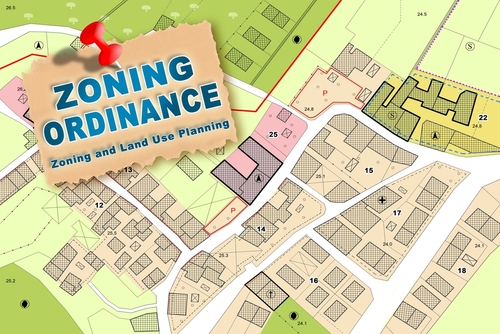
Location of the Property
The location of the property plays a significant role in determining the cost of rezoning. Urban areas tend to have higher costs compared to rural areas due to the higher demand for development and the need for more intense land use. Properties situated in close proximity to city centers are often subject to more extensive zoning regulations and require additional resources for rezoning. The desirability of the neighborhood and the presence of economic development plans can also influence the cost of rezoning, as these factors contribute to a higher demand for new developments.
Size and Complexity of the Property
The size and complexity of the property are crucial considerations when assessing the cost of rezoning. The larger the land area, the more complex the rezoning process can become. Existing structures on the property can also affect the cost, as demolitions or modifications may be necessary to comply with the new zoning regulations. Factors such as topography, natural features, access, and transportation infrastructure can further complicate the rezoning process and potentially increase costs.
Existing Zoning Regulations
The existing zoning regulations in place for a property can significantly impact the cost of rezoning. The current zoning designation dictates the level of effort and resources required to attain the desired rezoning. Zoning overlays and special districts may introduce additional requirements and restrictions, leading to higher costs. Historical preservation designations, density and setback requirements, and other zoning restrictions must also be considered when evaluating the cost of rezoning.
Consultant and Legal Fees
The assistance of various professionals is necessary during the rezoning process, which incurs consultant and legal fees. Hiring planning consultants, architects, and design professionals is often crucial to navigate the complexities of rezoning. Environmental and traffic consultants may be required to conduct impact studies. Attorney fees for legal representation can also add to the cost. Additionally, the permitting and approval process can involve its own set of costs, which must be factored into the overall expenses.
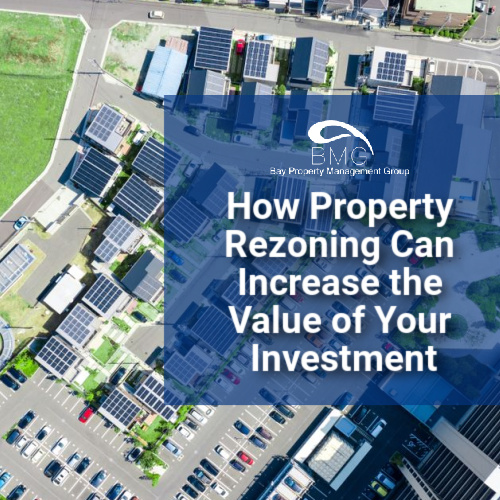
Public Engagement and Notification
Engaging with the public and notifying affected stakeholders is an important aspect of the rezoning process. This engagement requires funding for notice and publication costs, public meeting and hearing expenses, and outreach and communication efforts. Conducting community surveys and obtaining feedback can also be costly. In some cases, communities may demand certain benefits or compensations in exchange for their support, further adding to the overall cost of rezoning.
Environmental Impact Studies
Environmental impact studies are often necessary during the rezoning process to assess the potential environmental consequences of the proposed changes. Phase I environmental site assessments, environmental impact reports (EIRs), traffic impact and transportation studies, and assessments of air and noise pollution are commonly conducted. These studies, coupled with mitigation measures and environmental compliance efforts, can significantly contribute to the cost of rezoning.

Additional Studies and Reports
In addition to environmental impact studies, various other studies and reports may be required depending on the specific circumstances. Market and feasibility studies are often conducted to assess the viability of the proposed development. Appraisals and valuation reports may be necessary to determine the value of the property before and after rezoning. Economic impact assessments, geotechnical studies, and evaluations of historical and cultural significance can further add to the expenses associated with rezoning.
Infrastructure Upgrades
Rezoning a property often requires infrastructure upgrades to accommodate the proposed changes. Upgrades may include improving roads, utilities, parking facilities, or other necessary infrastructure elements. These upgrades can be a significant cost factor, as they may involve extensive construction and coordination with various government agencies and service providers.
Negotiations and Compromises
Negotiations and compromises with stakeholders, including local communities, organizations, and government agencies, are sometimes necessary to obtain rezoning approvals. These negotiations can involve additional costs, such as potential concessions or agreements made with different parties to gain support or mitigate opposition. The resources required for these negotiations, including legal representation and community engagement efforts, can contribute to the overall cost.
Government Fees and Charges
Lastly, government fees and charges related to rezoning applications and processes must be taken into account. Application and filing fees, planning department review costs, land use and rezoning fees, permit fees, and inspections all incur charges that vary depending on the location and scale of the rezoning. In addition, taxes and assessments may be levied on the property as a result of the rezoning, further increasing the financial burden.
In conclusion, the cost of rezoning a property is influenced by numerous factors, ranging from the location and size to the existing zoning regulations and the need for various studies and reports. The hiring of consultants and legal professionals, public engagement and notification efforts, environmental impact studies, infrastructure upgrades, negotiations, and government fees all contribute to the overall cost of rezoning. Understanding these factors and their implications is essential for anyone considering property rezoning to assess the potential financial investment required.
